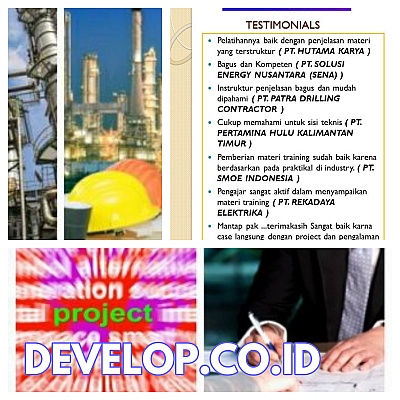 |
Fire and Gas Detection and Control in the Process Industry TrainingTraining Descriptions The fire and gas system is a plant’s protection system. This system will detect a threatening hazard and respond with the activation of a final control element to prevent harm to personnel or damage to equipment. The fire and gas system is dependent on various types of detectors to sense potential hazards before they get out of control. The fire and gas systems must be checked for functionality on a routine basis. Documentation is essential for training, record keeping, and troubleshooting. This course has been designed to cover an introduction to the fire and gas system, including associated hardware and wiring. In addition to covering the hardware, the course will explore the required software logic that must be programmed into the system to meet the needs of the plant’s shutdown philosophy. The fire and gas system’s preventative action protocol will also be discussed. Upon completion of the course, Participants will have a better understanding of the operations, maintenance, and testing associated with a fire and gas system. This exposure will better prepare technicians to further expand their knowledge base during on-the-job training and practical experience at the plant site. Training Syllabus • INTRODUCTION • MITIGATION ACTION Training Objectives The following learning objectives are covered within the training course: • Comprehensive Understanding of Fire and Gas Detection Systems: o Role & Action of Fire & Gas Detection • Strengths, limitations of use and characteristics of various detector technologies: o Flame Detection: UV, UV/IR, IR, IR3, Visual • Hazard Analysis o Fire and Gas Mapping Demonstrations and Tutorials using HazMap3D. Participants • Control Systems Engineers  QUICK REGISTER : |


 How can we help you today?
How can we help you today?